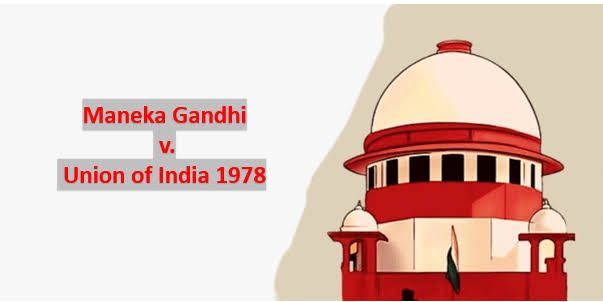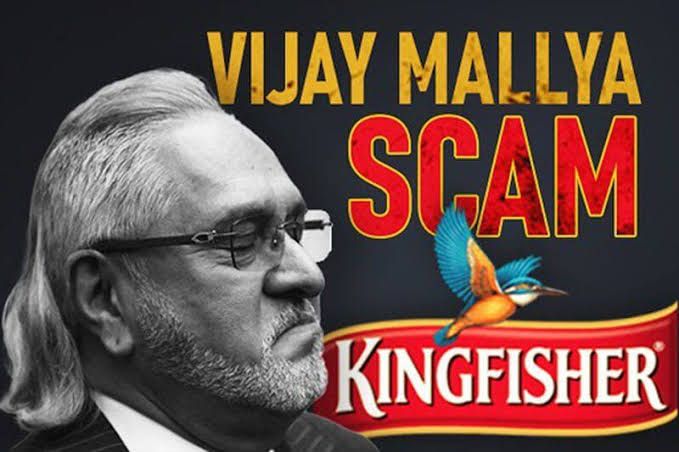.
By Saurav Yadav
In the Minerva Mills Ltd. and Ors. v. Union of India and Ors. case, the Supreme Court of India made important decisions about the limits of Parliament’s power to change the Constitution.
The Supreme Court had previously established that there are basic features of the Constitution that cannot be altered or destroyed by Parliament. This concept is called the “fundamental structure” of the Constitution. In this case, the Supreme Court emphasized that while Parliament has the power to amend (make changes to) the Constitution, this power is not unlimited. Parliament cannot use its power to change the Constitution in a way that destroys its essential features. The court clarified that Parliament cannot grant itself unlimited power by changing the Constitution. This means that even though Parliament can make amendments, it cannot do so in a way that effectively gives it absolute authority over the Constitution. The court made a clear distinction between “amending” the Constitution and “destroying” it. Amending means making changes or improvements, while destroying means fundamentally altering its core principles. Parliament can amend but cannot destroy the fundamental structure of the Constitution.
In summary, the Supreme Court ruled that Parliament has the power to make changes to the Constitution but cannot change its essential features or grant itself unlimited power. This ensures that the fundamental principles of the Constitution remain protected.
FACTS OF THE CASE:
The Sick Textiles Undertakings (Nationalization) Act, 1974: This Act was passed by the Indian Parliament to address issues in the textile industry. The primary aim was to rehabilitate failing textile companies and ensure the availability of goods at reasonable prices for the public.
- Minerva Mills Ltd.: A textiles firm involved in silk clothing manufacturing. The company was a limited liability corporation facing operational difficulties.
- Government Investigation: In 1970, under Section 15 of the industries (Development and Regulation) Act, 1951, the Central Government formed a committee to investigate the functioning of Minerva Mills Ltd.
- Petitioner’s Pleadings: The petitioner, Minerva Mills Ltd., raised several issues in their legal challenge:
- Seizure of Management: They contested the Central Government’s decision to take over the management and control of Minerva Mills Ltd.
- Constitutionality of the 39th Amendment Act: They challenged the introduction of the Sick Textile Undertaking (Nationalization) Act under Entry 105 of the 9th Schedule via the 39th Amendment Act.
- Article 31B of the Constitution: They questioned the validity of Article 31B, which protects certain laws from being challenged in courts.
- Scope of the Current Petition: The present petition focused on a few specific issues rather than addressing all the claims raised by the petitioner. The broader set of issues, including those related to the 39th Amendment Act and Article 31B, were dealt with in separate petitions.
ISSUES IN THE CASE:
The significant issues in the case are:
- Constitutionality of the 42nd Amendment Act of 1976, Sections 4 and 5:
- Section 4: This section amended Article 31C of the Constitution, aiming to extend protection to laws aimed at implementing the Directive Principles of State Policy, even if they violated fundamental rights.
- Section 5: This section introduced clauses (4) and (5) to Article 368, attempting to limit judicial review over constitutional amendments.
- Validity of Clauses (4) and (5) of Article 368:
- Clause (4) of Article 368: This clause sought to prevent any constitutional amendment from being challenged in any court on any ground.
- Clause (5) of Article 368: This clause declared that there shall be no limitation on the constituent power of Parliament to amend the Constitution under Article 368.
These issues were central to determining whether Parliament had the authority to make such sweeping changes to the Constitution and whether these changes violated the fundamental structure doctrine established by the Supreme Court.
DECISION IN THE CASE:
The decision was made by a majority of the judges, including Chief Justice Y.V. Chandrachud, Justice N. L. Untwalia, Justice A. C. Gupta, and Justice P. S. Kailasam. Justice P. N. Bhagwati wrote the dissenting opinion.
Effectiveness of the 42nd Amendment Act of 1976 (Article 31C):
- Amendment of Article 31C: Section 4 of the 42nd Amendment Act amended Article 31C to give the Directive Principles of State Policy supreme power. Specifically, Article 39(b) and (c) were amended to protect laws aimed at implementing these principles from being challenged on the grounds of violating the fundamental rights guaranteed by Article 14 (right to equality) or Article 19 (freedom of speech and expression, etc.).
Court’s Decision: The Supreme Court found this amendment to be problematic because it elevated the Directive Principles above fundamental rights, thus disrupting the balance between Part III (Fundamental Rights) and Part IV (Directive Principles) of the Constitution. This was seen as a violation of the basic structure doctrine.
Validity of Article 368:
- Clause 5 of Article 368 (Basic Structure Doctrine):
- Court’s Emphasis: The court highlighted that any provision granting unlimited authority to any organ of the state is unconstitutional. Clause 5 of Article 368, which attempted to declare that there shall be no limitation on the constituent power of Parliament to amend the Constitution, was scrutinized.
- Court’s Ruling: The Supreme Court held that the power of Parliament to amend the Constitution is indeed limited. Parliament cannot use its amending power to alter or destroy the basic structure of the Constitution. Thus, Clause 5 of Article 368 was deemed unconstitutional because it sought to give Parliament unlimited amending power, which goes against the basic structure doctrine.
In summary, the Supreme Court ruled that certain provisions of the 42nd Amendment Act of 1976 were unconstitutional as they violated the fundamental structure of the Constitution by granting Parliament unlimited amending power and by prioritizing Directive Principles over Fundamental Rights.
CONCLUSION
The Supreme Court’s ruling in Minerva Mills Ltd. and Ors. v. Union of India and Ors. is a landmark judgment that reinforces the doctrine of the basic structure of the Constitution, ensuring that the core principles and values enshrined in the Indian Constitution remain inviolable. By striking down Sections 4 and 5 of the 42nd Amendment Act of 1976, the court reaffirmed that while Parliament has significant power to amend the Constitution, this power is not absolute. The amendments attempted to prioritize Directive Principles of State Policy over Fundamental Rights and sought to shield constitutional amendments from judicial review, both of which were deemed unconstitutional.
The court emphasized that any amendment which undermines or destroys the basic structure of the Constitution is beyond the amending power of Parliament. This includes granting unlimited authority to any organ of the state, which would upset the delicate balance of power and fundamental rights. The decision safeguarded the fundamental rights guaranteed under Articles 14 and 19, maintaining their primacy and protecting them from being overridden by Directive Principles through legislative amendments.
Furthermore, by invalidating Clause 5 of Article 368, which sought to prevent any limitations on Parliament’s power to amend the Constitution, the Supreme Court reinforced the concept that the amending power itself is subject to certain inherent limitations. This judgment not only preserved the supremacy of the Constitution but also ensured that the essential features, such as democracy, rule of law, and judicial review, remain intact.
In essence, the Minerva Mills case upholds the principle that the Constitution is a living document with certain unalterable features, ensuring that no single body can obtain unchecked power to alter the nation’s fundamental legal framework. This decision continues to serve as a crucial precedent in constitutional law, affirming the judiciary’s role in protecting the foundational values of the Indian Republic.



